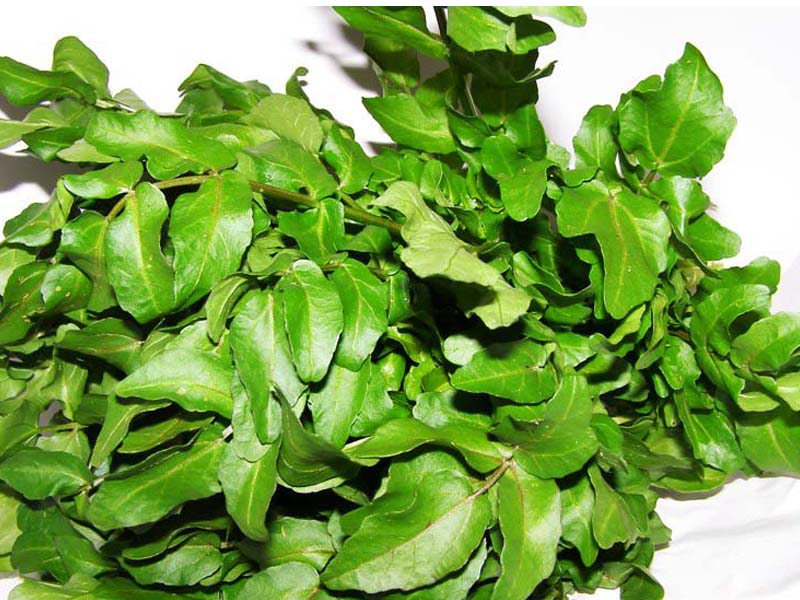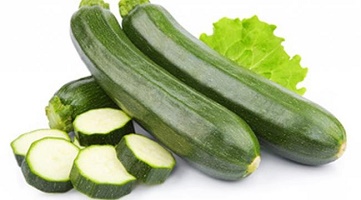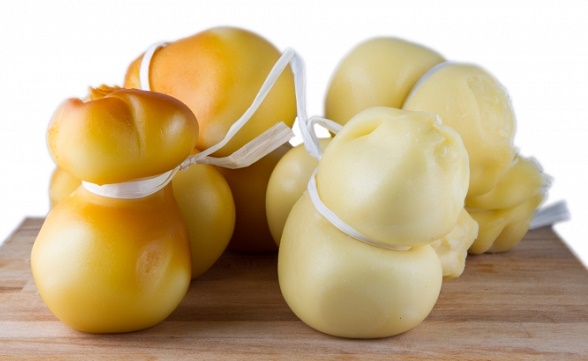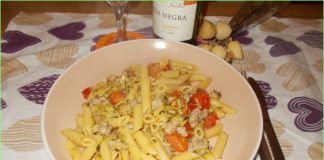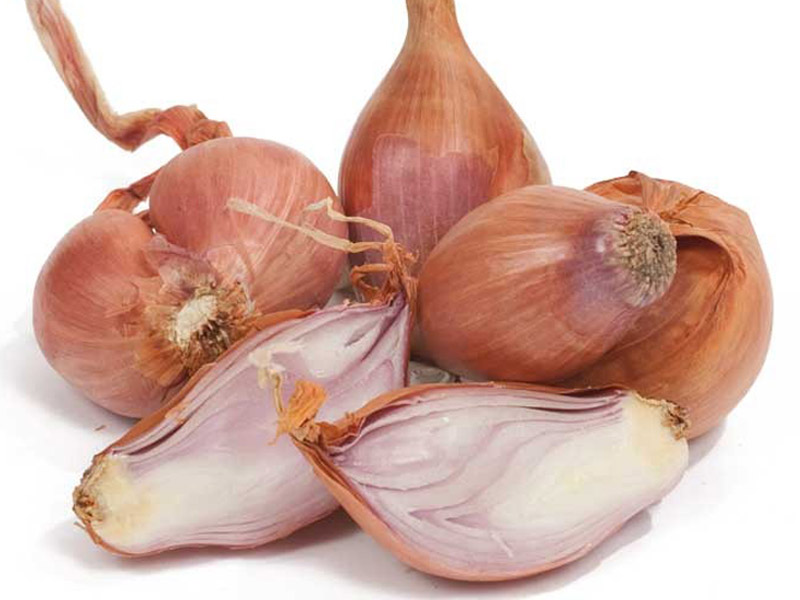
History
Shallots appeared initially in Central Asia, a region where even today many species grow in the wild. Hence the plant would then spread to India and to the eastern Mediterranean, although the exact areas of raw shallot crops, have not yet been identified. The scientific name, but also the vulgar one “shallots”, seems to derive from the ancient Mediterranean port of Ashkelon, located in the southern part of today’s Israel, north of Gaza.
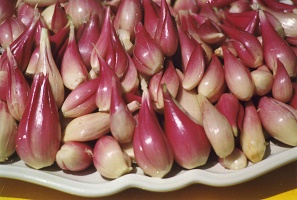
Pliny wrote that the ancient Greeks, had six types of onions, including precisely the shallot, and the writer of the first century, Columella, supports the features of the shallot, stating that this onion is the best among the many varieties. To date it is still not certain, given the similarities between some varieties of onions and shallots, if the ancients, they were referring to the same varieties that we know today.
Present shallots, what we grow, arrived in Europe between the XII-XIII century thanks to the Crusaders returning from the Holy Land (Battle of Ascalon during the First Crusade). In France, as early as the thirteenth century, this food had a very important role in traditional cuisine.
At the universal library of Bologna, you can find a manuscript of the fourteenth century, where are cited based shallot cakes. Some sources state that the shallot, was introduced to the Americas by Hernando de Soto, during his exploration in Louisiana. Shallots, was considered by the ancients, a stimulant of sexual function (also cited by Ovid), and in all Italian campaigns, several popular legends attribute to shallot aphrodisiac properties. In 1586, a book was published by Castor Durante, where he wrote in detail, the shallot exciting effects.
Storage
Once extirpated the bulbs of shallots and dried, they can be stored at room temperature in a dark, dry and cold with a moisture content below 70%, well ventilated for a period ranging from two to three weeks, being careful, as can happen with frequency, which will not occur phenomena of germination. After this first phase, the bulbs can be sold. Once you buy the shallot, it must appear very compact, hard, with no mold on the skin, spots and dents.
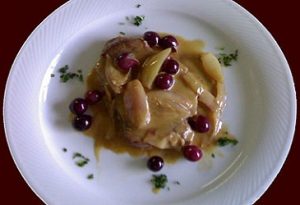
The bulbs that turn out to be soft to the touch and their skin is ruined, are undergoing sprouting. Once in the house shallots, if it is well preserved in a dry, cool and well-ventilated, can be kept for up to six months, keeping intact its organoleptic characteristics. The bulb with the rod, can be kept in bunches, and be braided as they do with the garlic.
One thing that you must avoid, is to store the bulbs in the refrigerator and store them in waterproof packaging, because favorable to decay. The natural shallot, has a shelf life that is limited within six months, a fact crucial to keep in mind, you will want to make traditional recipes with this ingredient, so the bulbs must be replanted every year.
The small bulbs, instead have a shorter life, why are consumed first, if you do not have the opportunity to replant. In food consumption, shallots are used in different ways depending on the dish that you want prepare. Once this is cut, it can be stored wrapped in the classic film for foods, in the refrigerator, where it can remain for about a week, while the onion bulbs, can be cut and then be coarsely chopped and stored in the freezer. Shallots, can also be stored in glass containers in oil or vinegar, having first been peeled.
Uses in the kitchen
The young leaves of shallots are very tasty, and can be used in cooking instead chives. This plant, is mainly grown for its bulbs that are edible to 70%. Usually the leaves are never collected in large quantities, for the simple fact that these would reduce crop yields of bulbs. Before consuming the shallot, we need to eliminate the outside of which has a papery, and cut off the end.
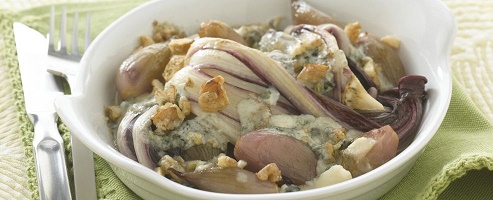
Unlike the onion, shallots should not be soaked in water to mitigate the burning of the eyes, as this procedure, affects negatively on their flavor. The bulbs, they taste less strong than that of onions, but have a more aromatic taste slightly garlicky, but unlike garlic, are not acres.
Thanks to these characteristics, the shallot is used as a substitute for onions, for realization of appetizers, and serving dishes in the finest cuisine, or more attentive to the delicate flavors. Another advantage not to be underestimated, is that compared to the onion and garlic, makes weigh less breath. Shallots can be eaten both cooked and raw, and it’s recommended this last method because in cooking such as fried in, for the base of risotto or soups, tends to become bitter. It is used as well instead of onions by who is allergic to the nickel.

